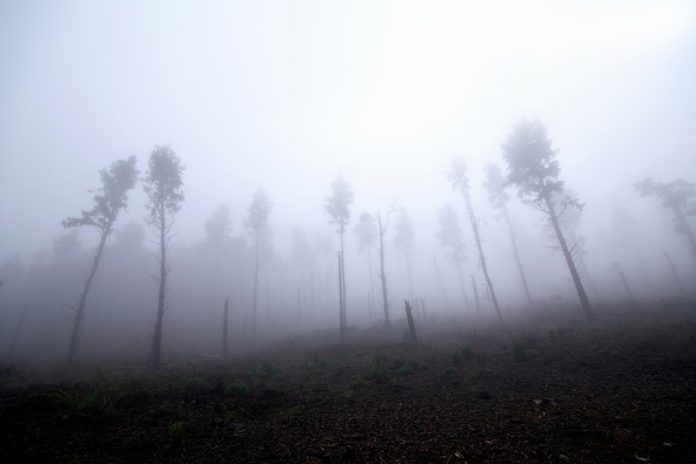Dr Pamela Lein discusses a sinister threat to human health as a result of pathogens introduced by global climate change
Halloween, also known as All Hallows’ Eve or Day of the Dead, was originally considered a day when the boundary between the worlds of the living and the dead blurred. Halloween rituals were intended to ward off ghosts, which were believed to return to the world of the living on October 31. Over time, Halloween evolved to an honouring of the dead, but traditions of ghost stories, the underworld and general mischief-making remain.
But a new spectre has arisen that surpasses any Halloween ghoul, zombie or voodoo witch doctor in terms of its impact on the human population, and that spectre is global climate change. An example of a climate change-associated fright ripped from the pages of a Halloween horror story is the rare, but deadly, brain-eating amoeba, Naegleria fowleri. This amoeba enters the nose to travel to the brain, where it starts to destroy tissue, causing an illness known as primary amebic meningoencephalitis. While getting sick is rare, it is incredibly lethal. According to the U.S. Centers for Disease Control and Prevention (CDC), of 151 people known to be infected with Naegleria fowleri between 1962 and 2020, only four survived.
Naegleria has typically been limited to areas with warm, fresh water, such as the southern US states. But, with increasing summer temperatures and extreme heat waves, the amoeba has recently been found as far north as Minnesota, one of the northernmost states in the US. During the summer of 2022, a child in the northern state of Nebraska died following infection with Naegleria fowleri. This amoeba was also discovered in Iowa for the first time this past summer following a record high temperature of around 35C (95F) on two consecutive days. An individual who swam in the lake on those days later died of primary amebic meningoencephalitis. Warmer temperatures is not only expanding the range of this amoeba, but also driving people into the water more to cool off, and together these factors have significantly increased the number of people likely to encounter this pathogen.
The climate crisis is exacerbating extreme weather events, such as flooding and drought, which introduce more pathogens into the environment, including areas where they are not typically seen. For example, in drought areas, pathogens will concentrate in surface waters, which increases the risk and/or level of exposure to humans in contact with those waters. In areas that flood, water can transfer the pathogens for surface waters and soil into homes, schools and community buildings.
Unfortunately, there is no rapid test for determining whether Naegleria, or many other pathogens that pose human health risks, are present in a local environment. Nor is it understand why only a handful of the hundreds of millions of people who swim in warm, fresh water each year get sick. This makes it challenging to create guidelines for protecting human health, underscoring the need to combat the root cause of this problem: global climate change.
Climate change is the single greatest threat to human health. There can be no more hiding or denying this fact. Governments, local communities and individuals must take immediate action to support the development of resources for curbing the factors that are driving global climate change.








